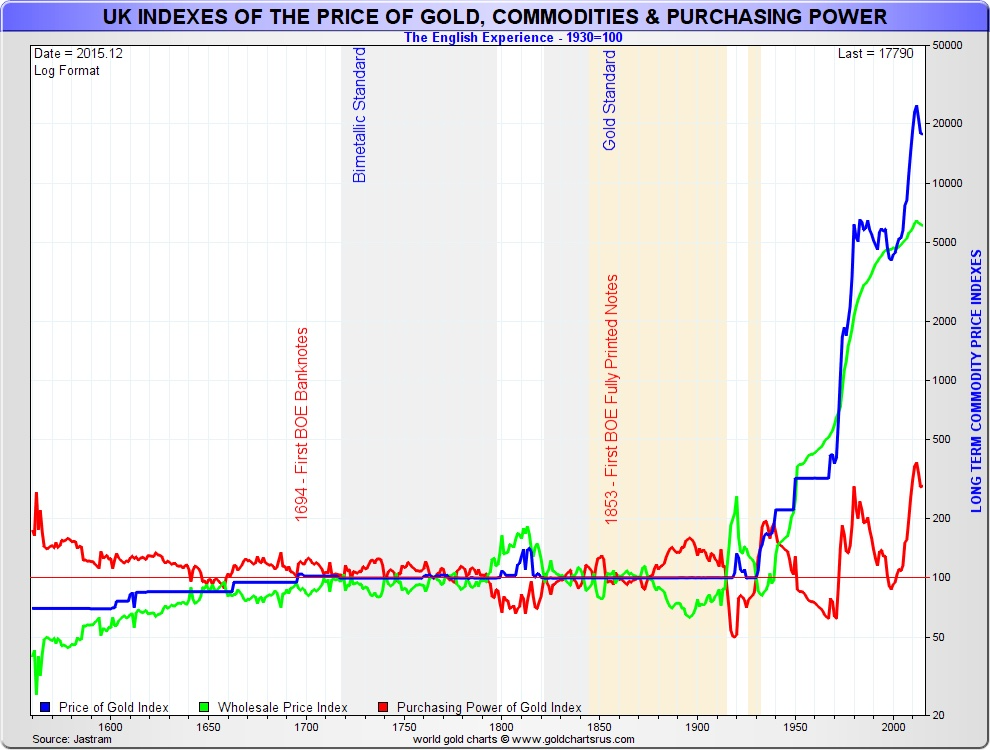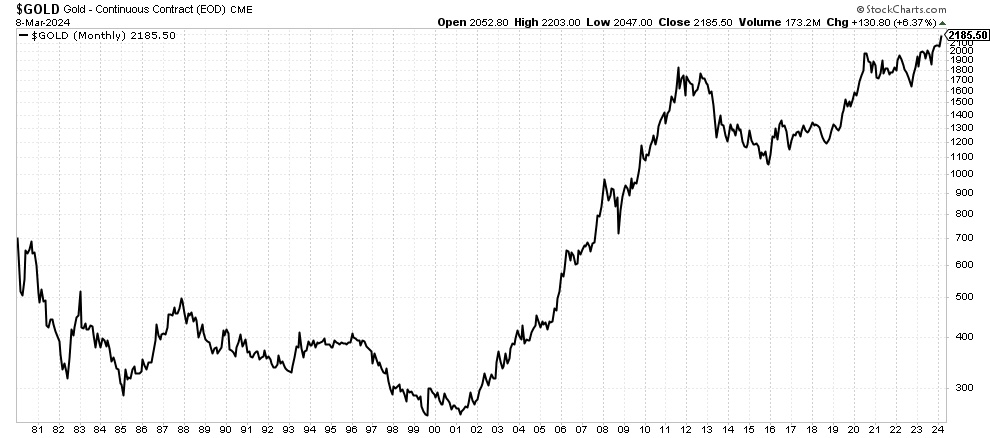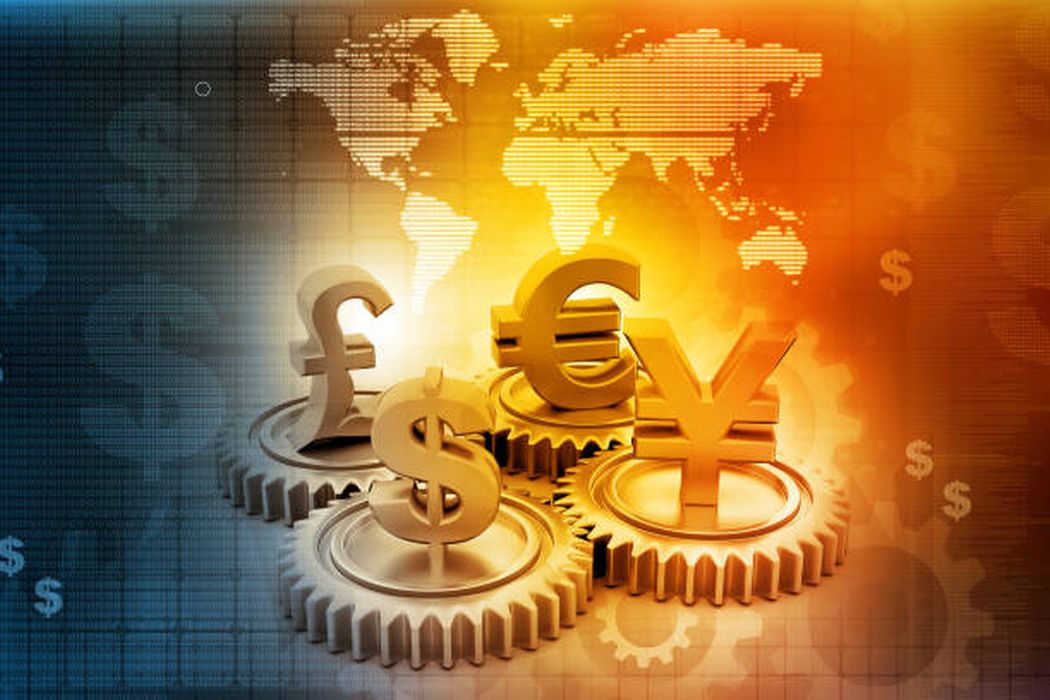In addition to taxation, the other method governments use to fund their spending is creating money out of thin air. Compared to taxation, money creation is less easily understood by the average person, so it is far easier for governments to get away with it.
While the rest of us have to work to earn money, government bureaucrats have granted themselves the legal right to create any amount of money they want out of thin air. If you or I tried to do this, we would be arrested for committing the fraud of “counterfeiting”.
All modern currencies, including the US dollar, are “fiat” currencies. That means it is declared by government order, or fiat, that the currency must be accepted as “legal tender” as a means of payment. Governments have also made it illegal for anyone outside the government to create money out of thin air (except for commercial banks when they make new loans, which is another story beyond the scope of this article). Again, this enables governments to spend much more money than they could raise via taxation.
A Very Brief History Of Money
In small and primitive societies, people traded goods and services via barter. For example, one farmer would trade potatoes with another farmer for eggs. But this was a very inefficient way to trade, so eventually people began using commodities as a medium of exchange. We call this money.
The commodities used as money were valuable and scarce. Over the centuries, precious metals such as gold and silver became the most popular forms of money since they are scarce, valuable, easily divisible, durable and portable. Scarcity is one of the most important characteristics of money, since an increase in the supply of money lowers its value.
Gold, in particular, has been the most widely used commodity for money since ancient times. Gold has always been valued for its rarity, color and beauty. The oldest gold artifacts date back at least 6000 years and the first known gold coins were used in Asia Minor around 600 BC.
Since gold is virtually indestructible, nearly all the gold ever mined still exists in one form or another. Remarkably, if every ounce of gold in the world were placed next to each other, it would create a cube measuring only 72 feet on each side.
While Bitcoin and other cryptocurrencies have some advantages over gold — particularly ease of transfer — and could become used as money in the future, the fact is that gold’s use as money has stood the test of time. Unlike cryptocurrencies, gold does not require any technology, it can be traded completely anonymously and it is impossible to increase its supply without the hard work of digging it out of the ground.
Over time, governments took control of money to fund their spending. Initially, government-controlled paper money such as the US dollar and British pound sterling were exchangeable into gold. These were “gold standard” monetary systems in which governments fixed the prices of their currencies in terms of a specific weight of gold.
Eventually, to gain even more power to create money out of thin air, governments severed any link between their paper currencies and gold. The ultimate conclusion of this process occurred in 1971 when President Nixon ended all ties between the US dollar and gold. Now all governments can legally create money out of thin air and print it on paper or simply add it to digital accounts, without any backing from gold.
This government money creation harms living standards in two ways: 1) it creates price inflation, raising the cost of living, and 2) it causes the “boom and bust” business cycle, with the “bust” phase resulting in recession, unemployment and bankruptcies.
Gold Maintains Its Value
Under a gold standard in a free market economy, prices would typically fall modestly each year, as annual gold supply growth of 1 to 2 percent would typically be outpaced by annual production growth of 2 to 3 percent.
Indeed, the US generally enjoyed such gently falling prices before the creation of the Federal Reserve in 1913. The average annual US price change from 1800 to 1913 was -0.21%, according to this calculator. During those 113 years, prices fell a total of 21.43%. By contrast, the average annual US price change from 1913 to 2023 was +3.16%. During the past 110 years, prices have risen a total of 2,977.80%. As a result, the US dollar has lost 97% of its value since 1913 and 87% of its value since 1971!
By contrast, gold has proven to hold its value over time. The chart below shows the purchasing power of gold (red line; 1930 = 100), along with the nominal gold price index (blue line; 1930 = 100) and the wholesale price index (green line; 1930 = 100) in the UK from 1500 to 2015.

As the chart shows, unlike all fiat currencies, gold has maintained its purchasing power for more than 500 years. Also note that the gold price index was relatively flat up until the 1930s, since the British pound was fixed to gold until then. Since then, the price of gold and the wholesale price index have skyrocketed as the UK (and other governments) have created massive amounts of money out of thin air.
Gold In A Free Market
The free market solution to this problem is to eliminate legal tender laws and allow anyone to create and use whatever money they would like, thereby ending the government monopoly on money.
Money would then become a competitive industry, which would likely result in gold — and possibly cryptocurrencies like Bitcoin, if they were ever to become as widely accepted throughout the world as gold clearly would be — being used as money. This would help eliminate price inflation and the “boom and bust” business cycle forever. It would also limit government spending to whatever they can raise via taxation and borrowing, which would lead to more peace and prosperity.
With inflation near its highest levels in four decades, the Federal Reserve losing credibility on both Wall Street and Main Street, the boom-bust business cycle alive and well and gold prices hitting all-time highs, now is a perfect time to return to using gold as money.

For additional reading on this fascinating and important topic, I recommend “What Has Government Done To Our Money?” by Murray N. Rothbard, “The Ethics of Money Production” by Jörg Guido Hülsmann, “Money, Bank Credit, and Economic Cycles” by Jesus Huerta de Soto and “Money: Sound and Unsound” by Joseph T. Salerno, as well as various articles and reports on my investment website BullAndBearProfits.com.

